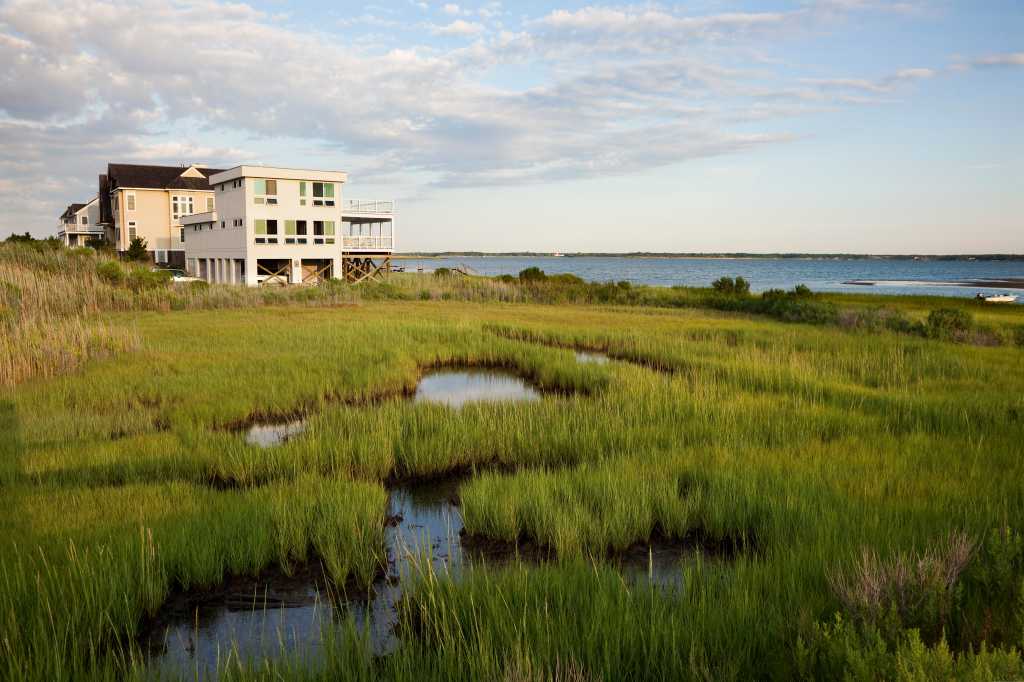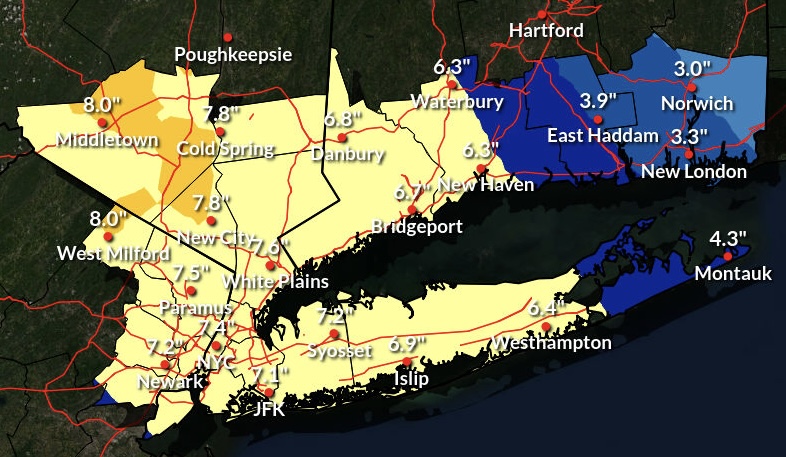East Hampton Starts Microgrid Study with $100,000 in State Funding

The Town of East Hampton has started work on a study to find out if a community microgrid is feasible for certain buildings in East Hampton and to assess the costs, benefits and next steps to take.
Microgrids are local energy networks that can separate from the larger electrical grid in case of electric grid outages during extreme weather events or other emergencies, generating their own power for critical facilities such as healthcare, first responders, communication, water supply and government services.
“A community microgrid in East Hampton would keep critical services going in the event of a power outage during a severe storm or other emergency while also saving us energy and money during normal operation,” East Hampton Town Supervisor Larry Cantwell said.
Councilwoman Sylvia Overby added, “If the study shows that building such a resilient, clean and smart energy system makes sense for the town, we can apply for additional state grants to pursue this further.”
The Community Microgrid Feasibility Study is funded with a $100,000 award through NY-Prize competition. The town, after issuing a request for proposals, selected a consortium of leading national firms which is evaluating various options as part of the study. The study will be completed in February and will show which critical facilities can be included in the microgrid area, along with estimated cost, energy savings and other benefits.
NY Prize is a three-stage competition administered by the NY State Energy Research and Development Authority (NYSERDA), with support from the governor’s Office of Storm Recovery, to support community grid planning and development. The feasibility study is the first stage, with audit-grade engineering design and business planning done in stage two, and project build-out happening in stage three.
A microgrid can get its own power from various sources including solar, wind, energy storage, and combined heat and power generators, and would provide electricity to critical facilities such as police, emergency or medical facilities, town hall, school buildings, etc. Microgrids also optimize energy efficiency, demand management, control and communication systems in critical facilities, the town stated.
The consortium selected by the town is made up of Hitachi Consulting, as the lead contractor, Johnson Controls and the National Renewable Energy Laboratory, a federal laboratory.
“Maintaining electricity supply in times of severe weather or other reasons for power outages is critical to a community safety and resilience,” John Westerman, the vice president of Hitachi Microgrid Solutions said. “Microgrids allow that goal to be achieved while also reducing harmful emissions, usually at a reduced cost to end users. We are optimistic that all of these goals can be achieved by the Town of East Hampton and are thrilled to be working with such a talented team to make this vision a reality.”
The town’s project manager, John Sousa-Botos, said that a number of critical facilities are being considered. “The town is actively looking at improving the resiliency at the East Hampton Airport, Village Emergency Services, East Hampton High School, Town Hall Campus, 200 Pantigo — East Hampton Healthcare Foundation, Montauk Fire Department, and Montauk Playhouse.”
The Microgrid study will also inform plans for generating all electricity consumed in East Hampton with renewable energy sources. The East Hampton Town board adopted a goal last year to meet 100% of community-wide electricity consumption from renewable energy sources by the year 2020.









